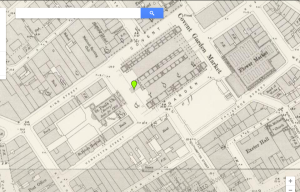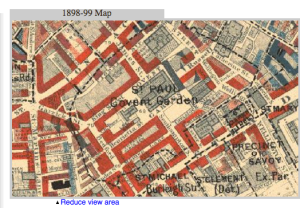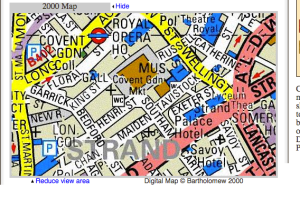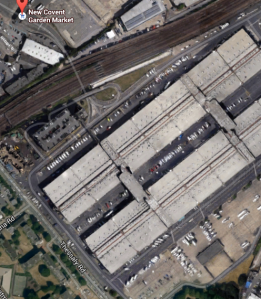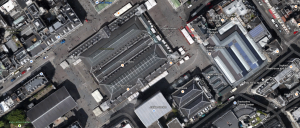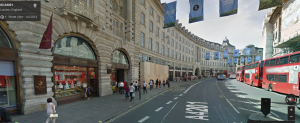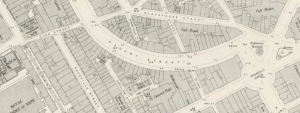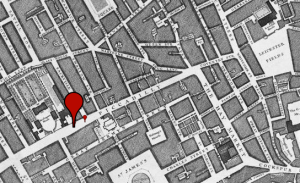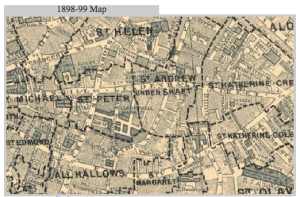For my mapping project, I decided to focus on The Adventure of the Speckled Band. The story doesn’t prominently feature many locations in London–in fact, there are pretty much only two that are real. That being said, I chose too look into the location of Waterloo.
I specifically searched for Waterloo Station on Victorian Google Maps, as the three mentions of the location in the story are all references to travel. Geographically, the station is located in close proximity to the River Thames, with several factories and a timber yard wedged between the two.
Upon searching for “Waterloo” on the Old Bailey Online archive, I found that the vast majority of crime involved theft, from pickpocketing to grand larceny. Within the first 30 results, the only other crimes mentioned are one case of murder and two cases of coining offenses. In the description of the crime for the murder case, Water is only mentioned in that the comrades of the deceased had intended to celebrate the anniversary of the battle of Waterloo.
The economic classes of the areas surrounding the station were highly varied. Given that there seemed to be businesses in the area, it makes sense that they would fall in the pinkish-red range. Still, there is a significant portion of the map in light blue, suggesting a poorer population.
Despite the appearance of moderate wealth in the businesses, according to the entry about Waterloo Road on British History Online, the business district seemed to be mostly confined to “bonnet-shapes, playbills, and pale dry cigars.” The houses along the road were all extended through series of cellars, “the lowest of which no eye may fathom,” due to the height of the road as it neared the bridge.
One of the notes following the story as published in The Strand reads, “Waterloo Station serves the south and southwest rail corridor from London. Miss Stoner must have taken a cab across the Thames for four miles to reach Baker Street from Waterloo.” Throughout The Speckled Band, Waterloo is referred to as a sort of waypoint. The rail station is traversed by Ms. Stoner, Sherlock, and Watson, and it is never suggested that they remain there for any length of time. As far as its presence in Doyle’s story, it is not a place to stay – it is simply a place to move through.








